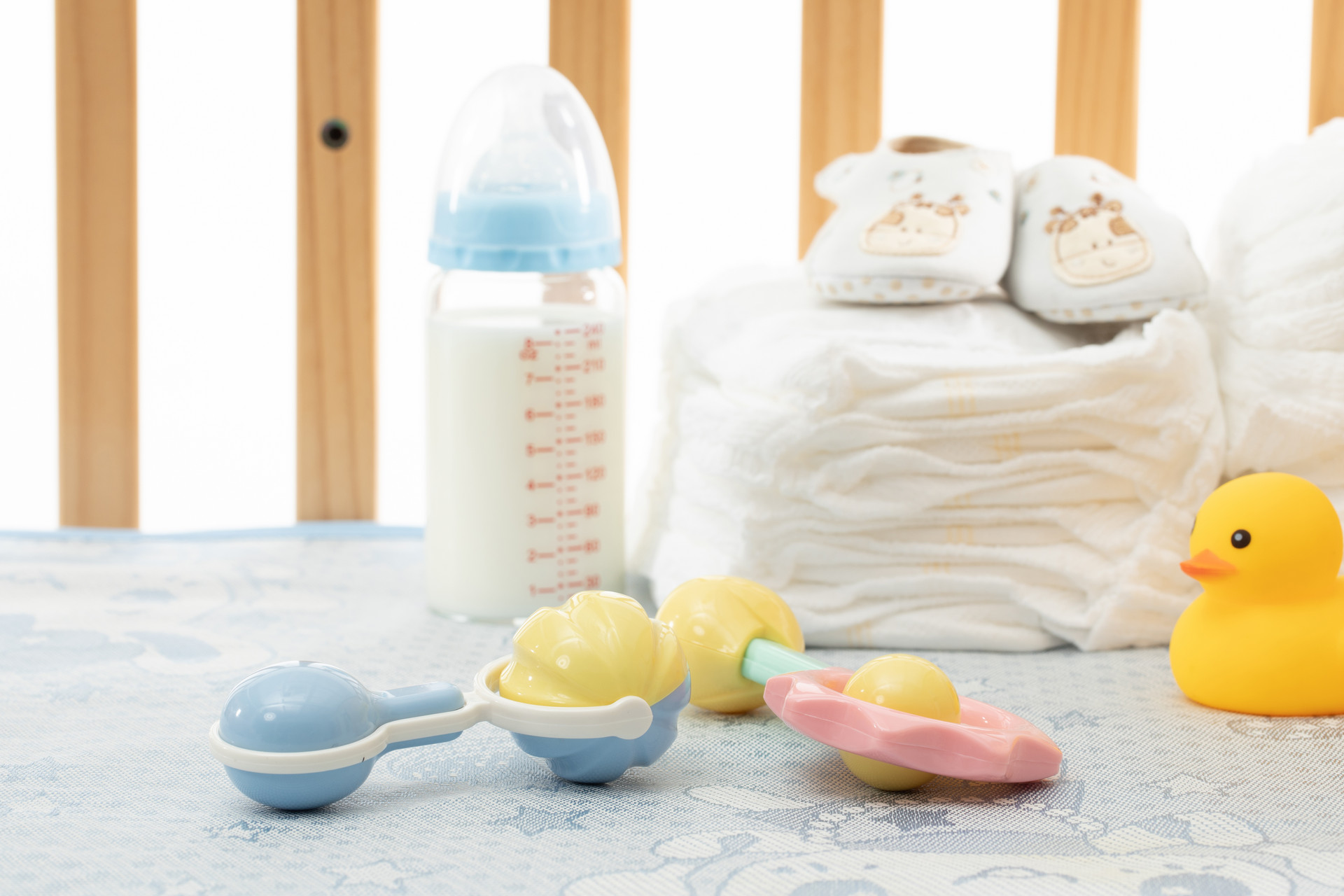Summer is the season when hand, foot, and mouth disease is most common. This is because the weather is hot in summer, which not only facilitates the reproduction of the hand, foot, and mouth disease virus, but also promotes the growth of the bacteria that cause hand, foot, and mouth disease. Therefore, it is important to take preventive measures against hand, foot, and mouth disease in summer. Below, I have compiled fifty pieces of knowledge about hand, foot, and mouth disease in children for everyone to learn about!
18. Can ultraviolet light inactivate enteroviruses?
Answer: Yes.
19. Can 75% alcohol and 5% Lysol inactivate enteroviruses?
Answer: No.
20. What is the source of transmission for hand, foot, and mouth disease?
Answer: Patients and asymptomatic carriers are the main sources of transmission.
21. When are hand, foot, and mouth disease patients most infectious?
Answer: Hand, foot, and mouth disease patients are most infectious during the first week of illness.
22. Can hand, foot, and mouth disease be transmitted through mosquito bites?
Answer: No.
23. Does hand, foot, and mouth disease have a seasonal occurrence?
Answer: Hand, foot, and mouth disease can occur throughout the year, but it is more common in summer and autumn and less common in winter.
24. Can hand, foot, and mouth disease patients be re-infected after recovery?
Answer: Yes. Various enteroviruses can cause hand, foot, and mouth disease. Although some immunity can be acquired after infection, the duration is uncertain, and there is no cross-immunity between different types of viruses.
25. During the epidemic of hand, foot, and mouth disease, which places are prone to outbreaks?
Answer: During the epidemic of hand, foot, and mouth disease, there are often sporadic cases. During this period, kindergartens and nurseries are prone to outbreaks. There are also cases of outbreaks in families. Cross-infection in hospitals and inadequate disinfection of oral instruments can also contribute to transmission.
26. Does hand, foot, and mouth disease have a periodic occurrence?
Answer: According to foreign observation reports, hand, foot, and mouth disease epidemics occur every 2-3 years in populations. This is mainly because during non-epidemic periods, newborns are born and susceptible individuals gradually accumulate, providing the prerequisites for new epidemics.
27. How long does it take for symptoms to appear after human infection?
Answer: The incubation period from infection to the appearance of symptoms is usually 3-7 days. Fever is a common initial symptom of hand, foot, and mouth disease.
28. What complications may occur in hand, foot, and mouth disease patients?
Answer: A small number of hand, foot, and mouth disease patients may develop aseptic meningitis, encephalitis, acute flaccid paralysis, respiratory infections, and myocarditis. In very severe cases, the disease progresses rapidly and death can occur.
29. What is a severe case of hand, foot, and mouth disease?
Answer: A severe case of hand, foot, and mouth disease is defined as meeting one of the following conditions: (1) Patients with clinical manifestations of hand, foot, and mouth disease accompanied by muscle spasms, or encephalitis, acute flaccid paralysis, heart and lung failure, pulmonary edema, etc. (2) Infants and young children in hand, foot, and mouth disease epidemic areas who do not have typical symptoms of hand, foot, and mouth disease, but have fever accompanied by muscle spasms, or encephalitis, acute flaccid paralysis, heart and lung failure, pulmonary edema, etc.
30. Which patients may develop into critical cases in a short period of time?
Answer: Patients with the following characteristics may develop into critical cases in a short period of time:
(1) Age less than 3 years. (2) Persistent high fever. (3) Poor peripheral circulation. (4) Significant increase in respiratory and heart rates. (5) Poor mental state, vomiting, seizures, tremors or weakness in limbs. (6) Significant increase in peripheral blood white cell count. (7) High blood glucose. (8) High blood pressure or low blood pressure.
31. What is a laboratory-diagnosed case of hand, foot, and mouth disease?
Answer: A laboratory-diagnosed case of hand, foot, and mouth disease is defined as having clinical manifestations of hand, foot, and mouth disease and meeting one of the following conditions: (1) Enterovirus isolated from patient specimens. (2) Specific IgM antibodies positive in patient serum, or a fourfold or greater increase in IgG antibodies between acute and convalescent serum. (3) Detection of enterovirus nucleic acid from patient specimens.
32. Which hand, foot, and mouth disease cases need to be observed in the hospital?
Answer: Infants and young children under the age of 3 who meet one of the following conditions need to be observed in the hospital: (1) Fever accompanied by skin rash on the hands, feet, mouth, and perianal area, with a course of illness within 4 days. (2) Herpetic pharyngitis with increased peripheral blood white cell count. (3) Fever and poor mental state.
33. What should healthcare institutions below the county level (such as township health centers) do if they find hand, foot, and mouth disease cases that meet the criteria for hospital observation?
Answer: They should immediately transfer the cases to healthcare institutions at or above the county level for hospital observation.
34. Which hand, foot, and mouth disease cases need to be hospitalized?
Answer: Hand, foot, and mouth disease cases that meet one of the following conditions need to be hospitalized: (1) Poor mental state, drowsiness, easy startle, irritability. (2) Tremors or weakness, paralysis of limbs. (3) Pale complexion, increased heart rate, poor peripheral circulation. (4) Shallow breathing or chest X-ray suggesting pulmonary edema or pneumonia. Confirmed cases of hand, foot, and mouth disease should be immediately isolated at home or in the hospital.
35. How should typical hand, foot, and mouth disease cases be treated?
Answer: The following treatment measures should be taken: (1) General treatment: Pay attention to isolation, avoid cross-infection, rest appropriately, eat a light diet, and take care of oral and skin hygiene. (2) Symptomatic treatment: Provide appropriate treatment for fever, vomiting, diarrhea, etc.
36. Do healthcare institutions need to report after diagnosing hand, foot, and mouth disease cases?
Answer: Yes. Since May 2, 2008, hand, foot, and mouth disease has been classified as a Class C infectious disease. Healthcare institutions diagnosing hand, foot, and mouth disease patients should report to the county-level CDC or conduct online reporting within 24 hours. Possible outbreaks should be reported to the county-level CDC and the local health administrative department within 2 hours.












